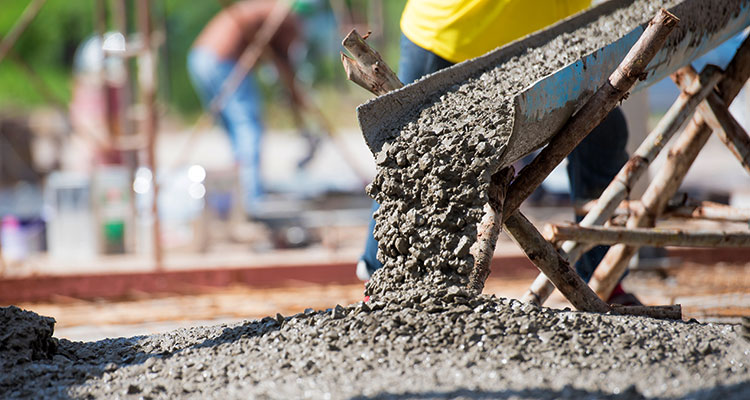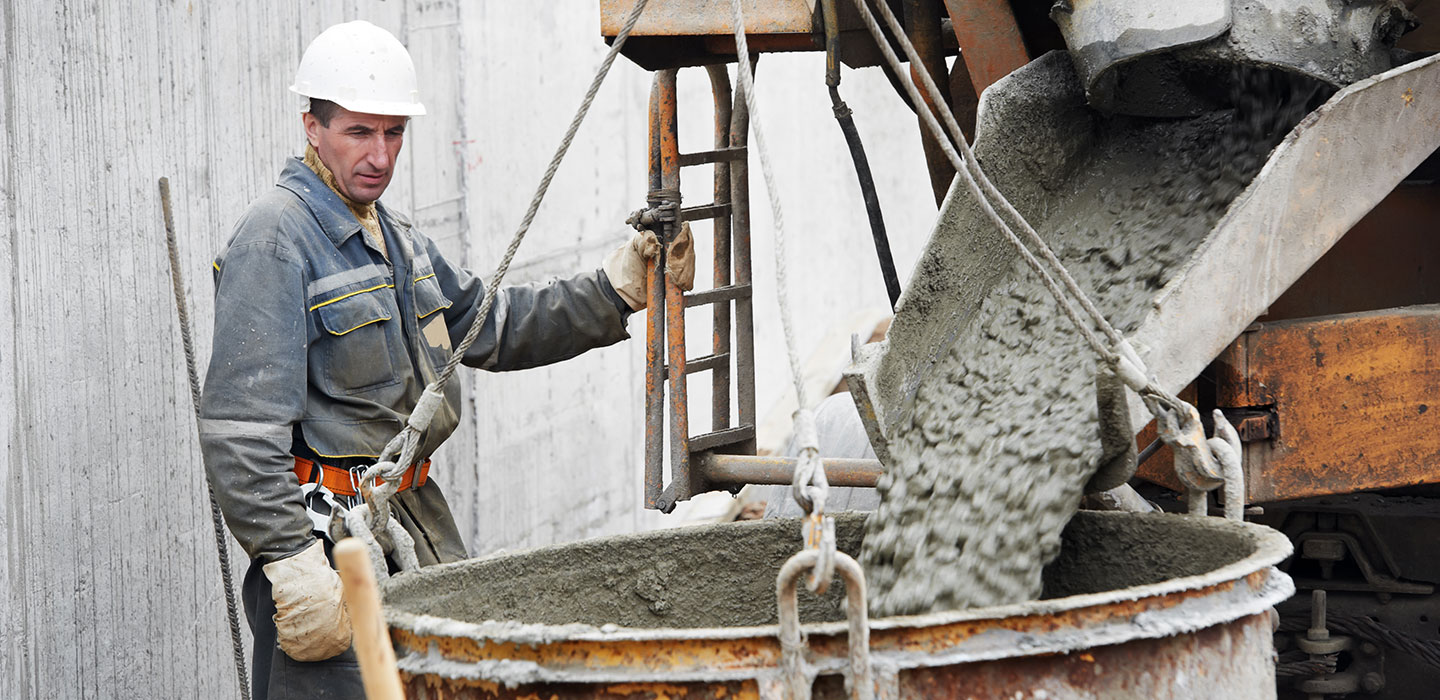Just before Christmas, the government published its strategy for waste and resources with extended producer responsibility (EPR) a cornerstone of public policy over the next few years.
From the foreword by Environment Minister, Michael Gove, it is clear that those involved in making or supplying products will be targeted:
“By making sure that manufacturers and producers bear a heavier financial burden for the pollution they cause, the Strategy fully upholds the ‘polluter pays’ principle. By introducing new incentives – regulatory and economic, along with better infrastructure and information, our measures help people do the right thing.”
The strategy specifically outlines that the government will release “consultations for two new EPR schemes by the end of Parliament”, indicating that we could see ideas for new laws - similar to those currently in place for packaging, WEEE, batteries and end-of-life vehicles - form over the next few years.
Construction industry spotlight
Having previously looked at some of the likely candidates for new policy, it is interesting to see recent scrutiny focus in on one sector I thought too mammoth and complicated for producer responsibility to tackle, namely construction and demolition waste.
A recent series of investigations into the impact of concrete exposed some of the issues with just one material, albeit at the heart of the sector. Arguments for using concrete are complicated and go well beyond the purely environmental into the social, economic and political. However, before laws were introduced for packaging, similar arguments were made in its defence that continue today.

Some thought will also need to be given to where the “point of compliance” should lie. Should a charge apply to the manufacturer, supplier or builder? Embedding the environmental cost at a stage where quantity surveyors, buyers and architects can see it seems sensible.
The design of new buildings, like other types of design, must be done to meet a price point. Producer responsibility could redress the economic imbalance between established building materials that have benefitted from years of development and economies of scale to meet a price point versus emergent virtuous materials that do not have the scale to compete.
Current context may be important
The government plans to build 250,000 homes by 2022, with housing charities calling for more to be done. However, given the statements in the strategy, it is unlikely that building will continue at any cost. Much has been done in recent years to improve the “use” of buildings, such as improving energy efficiency requirements. Now could be the time that the government looks more deeply into the full life-cycle of the building itself.
If you work in the construction and demolition sector and want to know how EPR could affect your business, please get in touch with our team.






